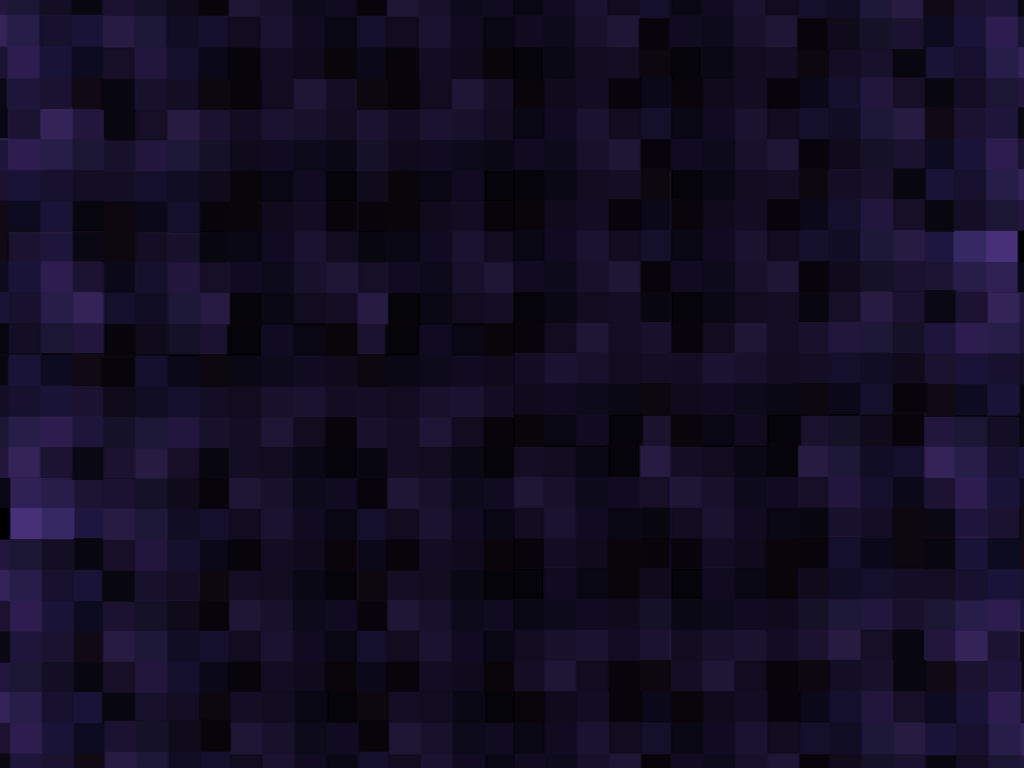The Arts Overnight
In Fenley's elegant, reductive world, more would be less
Margaret Putnam, The Dallas Morning News
Friday, January 16, 1998
One thing you have to say about the MAC: Whoever arranged to bring in Molissa Fenley Thursday night while the "Self-Taught Artists" show was still up has a sense of humor. On the walls, boldness, humor, emotion. In the darkened theatre next door, calculated austerity, New York-style, without the hint of emotion, much less story.
Although the three dances Ms. Fenley performed varied slightly in costume (wine-red velour leotard in one, black panne velvet in another) and more so in music, they were otherwise almost interchangeable. Sita offered Oriental, angled arms; On the Other Ocean energetic kicks; Trace spirals. Even so, as the evening wore on, Ms. Fenley's spare and rigorously articulated movement grew on you, especially once you gave up all hope for anything approaching narrative. After a while, you could find the sudden transition from a brisk stride to a pause, arm slowly descending to the side, offering its own kind of minimalist drama.
Ms. Fenley shares with other postmodernists including Merce Cunningham a fascination with the formal qualities of movement, space and rythm and a distrust of music. In Sita, crisscrossing the floor in movements that seem calibrated in both forcefullness and clarity, she appeared oblivious to the lighter, sweeping melodies of Philip Glass' etudes. Grey and white photographic images played upon the backdrop, ghostly in their contrast between blur and sharp form. Nothing, however, is blurred about Ms. Fenley's dancing, which celebrates planes and angles and the opposition of trunk, leg, arm.
She disdains fluidity, which makes the grace notes of a slowly lifted wrist, or a subtle sinking into the knees, all the more delicious.
The narrow confinement of Sita gives way in On the Other Ocean to a larger square space, more room for Ms. Fenley's restless traversing. Stretching out with one leg lifted behind, she looks like a great, long-legged bird, unhurried and calm. The music is a long, unmodulated wall of bagpipe or horn.
Trace plays with three aural settings: a warm voice that grows loud and harsh in the first section, silence for the second, a poem read aloud for the third. The choices seemed arbitrary, as though to call attention to the fact that movement provides its own rhythms, and all else is superfluous. With such a fastidiously secure dancer as Ms. Fenley, the lesson almost persuasive.
Margaret Putnam writes about dance for The Dallas Morning News.
Walker Art Center
April 27-September 8, 2024
Click here for details
Marble House Project
May 28-June 18, 2024
Click here for details
Chautauqua Institution
August 17, 2024, 8:15pm
Click here for details
Rhythm Field

